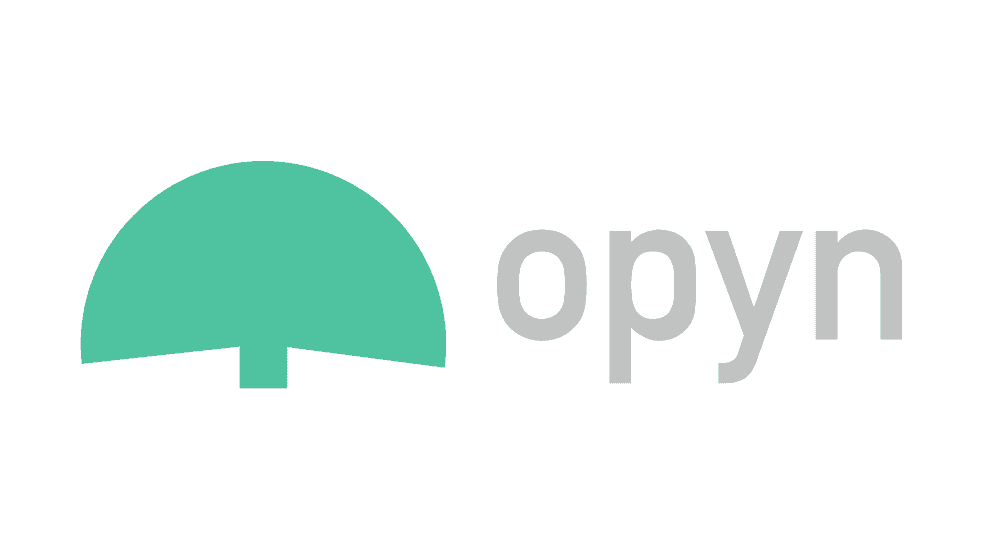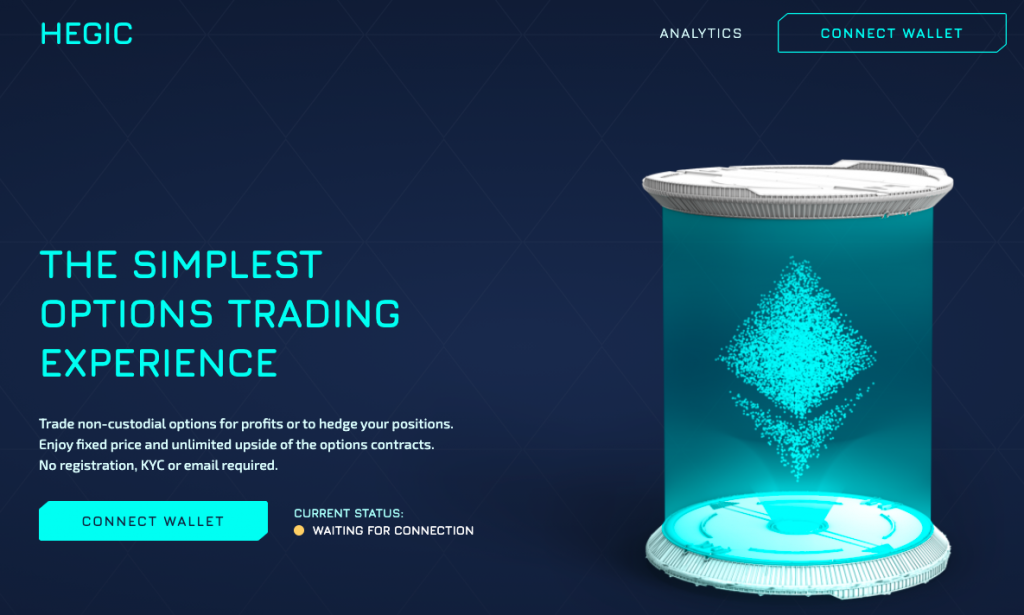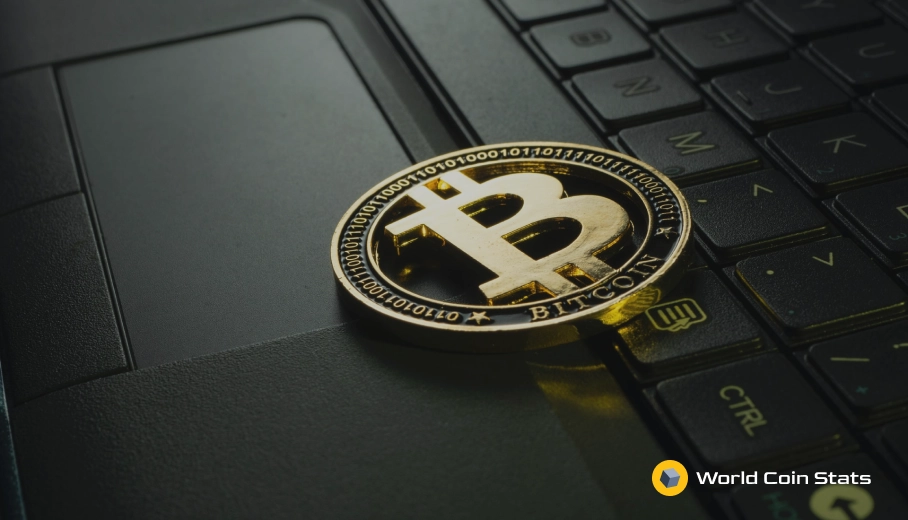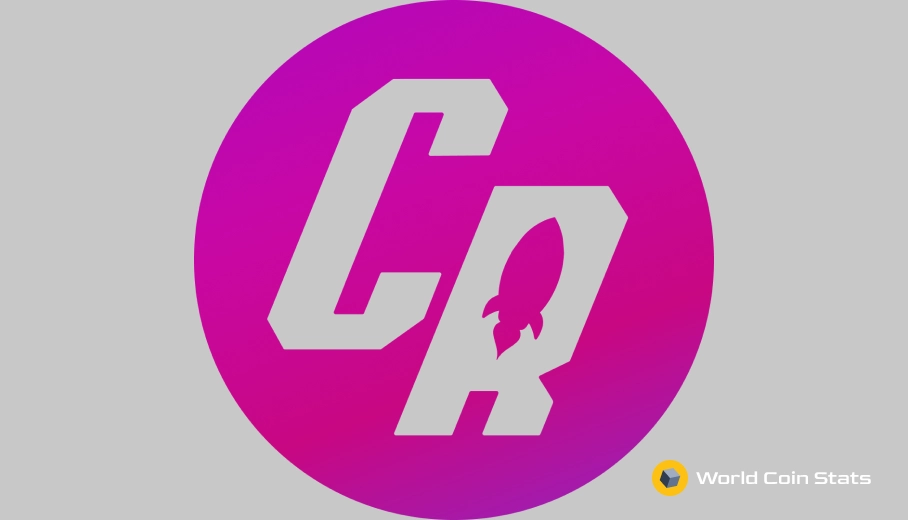Decentralized Option Trading
Decentralized finance (DeFi) is quickly taking over cryptocurrency. The total amount of capital locked up in DeFi totals over $14 billion USD.
Most of that capital is in decentralized loans.
However, a few DeFi platforms and protocols are beginning to offer options trading. This is an important development because options allow investors to mitigate their risk, which is the last major hurdle that DeFi must overcome before it can become a mainstay of the financial world.
This article will review some of the most popular options trading platforms and protocols on DeFi. We will also briefly explain how decentralized options trading works.
Contents
Decentralized Options Trading – Explained
This section will explain options trading, decentralized option trading, and how it can make a huge impact on the options industry.
What are options?
Options, in reference to finance, are contracts that give the owner the right, but not obligation, to buy or sell the underlying asset at some point in the future.
Of course, no one would write an option for free – there is no benefit for the party. Therefore, the party that writes the option will charge a premium to the purchaser for that right to buy or sell the asset at some point in the future.
That’s it, the basic idea of options is not complicated.
For instance, if 1 bitcoin trades at $20,000, then you could purchase an option to purchase bitcoin for $21,000 at any point in the next 14 days. If the price of bitcoin rises above $21,000, then you could exercise that option and immediately sell the bitcoin for a profit.
If the price of bitcoin does not rise above $21,000, then the option will expire unexercised and the writer of the option will keep the premium.
How does decentralized option trading work?
Decentralized option trading works in a very similar manner to regular option trading, but since it’s decentralized it allows retail investors to write options.
Each protocol has a slightly different way that options work on the protocol. However, the general concept is the same.
An option writer, a regular user or even a liquidity pool, writes an option with certain criteria in the smart contract. These criteria include the normal option criteria (strike price, expiration date, call or put option, etc.) and also access to a locked vault that contains the underlying asset.
That option is then tokenized in the form of an ERC-20 token that can be traded on the open market just like any other ERC-20 token.
Unfortunately, the creation of tokens with different criteria means that tokens with different criteria are not fungible. And that has led to some liquidity problems with certain option tokens.
What is the purpose of decentralized options?
Decentralized options (read: cryptocurrency options) serve a very important purpose – they allow those that hold cryptocurrency to hedge their investment.
How so?
Put options. These are a type of options that allow the holder to sell an underlying asset at a predetermined price.
For example, if John bought 1 BTC for $20,000, then he could hedge his investment by purchasing a put option with a strike price of $15,000 for a small premium.
If the value of BTC goes up, then John is only out the relatively small premium. However, if the price of BTC plummets to $10,000, then John can exercise his put option and cut his losses in half.
The decentralized aspect of this is important because it means no financial institution has control over the execution of the option. Everything is automated via smart contracts with no third party intervention.
Decentralized options are synonymous with cryptocurrency because that’s the use case at the moment. However, decentralized options do not need to be limited to cryptocurrency – the underlying concept is the same. The only hurdle decentralized option trading platforms face for stocks are strict financial regulations.
DeFi Options Trading Protocols
This section will review some of the more popular DeFi options trading protocols. It’s important to note that DeFi options trading is, like DeFi, in its infancy.
In fact, it’s much newer than DeFi. Most of DeFi options trading protocols did not appear until 2019 or mid-2020.
OPYN

OPYN is a platform for trading options. It’s built on the Convexity Protocol, which is a protocol that allows users to build a platform to write options. Convexity is built on the Ethereum platform, so this is an Ethereum based platform – a common trend in DeFi.
OPYN was launched in 2019, but it began offering options insurance for Compound deposits in February 2020. It then launched options for Ether (ETH) holdings.
A huge difference between OPYN and centralized options is that OPYN options, represented as oTokens, are 100% collateralized at the strike price. This is because the process of creating an oToken option requires the user to send USDC to the vault to create the token.
The downside of this is that oTokens are only stackable if they have the same strike price, expiry date, and so on as each other. As you can imagine, this presents a problem for liquidity because there are cases when only a handful of oTokens options exist with the set parameters.
Anyway, the benefit of a collateralized option is that the option writer and seller do not face liquidation, which has been a problem with MakerDAO.
Now, most of the trading of oTokens occurs on Uniswap, which does pose some liquidity problems due to the differences of each oTokens smart contract.
Final Verdict on OPYN
Overall, we like OPYN for options trading. However, it does pose some problems because of the lack of liquidity of the options. Options are predicated on high liquidity, and OPYN simply does not have that liquidity.
The other problem is that OPYN requires all options to be 100% collateralized, which is very capital intensive. Fortunately, OPYN is working on OPYN v2 that will allow for margin options to reduce capital requirements to write an option. Of course, liquidation will become more of an issue with margin options, but that’s part of options trading.
All things considered, OPYN does offer a great way for ETH holders or Uniswap users to insure their holdings against price swings. Just give the market a little time to develop and iron out the kinks.
Hegic

Hegic is another options platform that is quite similar to OPYN, but it does have some fundamental differences. The main difference is that Hegic is the counterparty on all options contracts.
How?
There is a liquidity pool (LP) of DAI and ETH that serves as collateral for the options contracts. The DAI and ETH in the liquidity pool are provided by users that lock their assets in the pool. Profits are earned from premiums collected on options and losses occur when an options holers exercises their option and withdraws it from the pool.
We do like that Hegic gives options writers the ability to write an option with any parameters. In fact, the only requirement is to choose an expiry date that is 1, 7, 14, 21, or 28 days in the future. The strike price can be whatever the option writer chooses.
Hegic also has a great user interface (UI). It’s easy and simple to use, which is a huge part of drawing more users to the platform.
Another huge benefit of Hegic is that it allows regular uses to join the liquidity pool and collect premiums without writing options themselves. This does occur in traditional finance. However, it is almost exclusively reserved for large institutions.
Unfortunately, Hegic does have some downsides. The main downside is that the platform does not tokenize the option contracts, which means there is no secondary market for trading Hegic options.
This is, in our opinion, the biggest downside of Hegic. However, once Hegic does tokenize option contracts, then Hegic has a good chance of becoming one of the more popular DeFi option trading platforms. The liquidity pool aspect of Hegic is really that beneficial.
ACO

ACO is a similar options platform to OPYN – it has ERC-20 tokens that represent different option contracts. Option writers must lock collateral to earn premiums from their options, which is similar to OPYN.
The difference with ACO is that options contracts are not automatically exercised. The options owner must manually exercise the option. However, these are American-style options, which means that the option holder can exercise the option at any time.
As for the gas fees, those are set by the protocol and not the user. We like that level of standardization.
The one downside of ACO, and other DeFi option trading, is finding liquidity.
The Problem with Decentralized Options Trading
Decentralized options trading has one major problem – a lack of liquidity. Options rely on liquidity more than any other financial instrument, so the lack of liquidity is mildly concerning.
Fortunately, the liquidity problem that decentralized options face can be solved by the protocols providing liquidity until the protocol becomes popular enough to maintain liquidity on its own.
Remember, the decentralized option trading industry is brand new as it only started in early 2020. The liquidity problem that plagues the industry will almost certainly be solved as the industry becomes more popular. And the popularity will increase alongside the popularity of the general DeFi industry.
Conclusion
Well, that covers it for decentralized options trading. This is an extremely young industry with a lot of room for growth. Don’t be discouraged if many of these decentralized options trading platforms disappear because that’s normal at this stage of any industry.
However, if DeFi wants to truly compete with centralized finance, then the ability for investors to write options is essentially a requirement.




